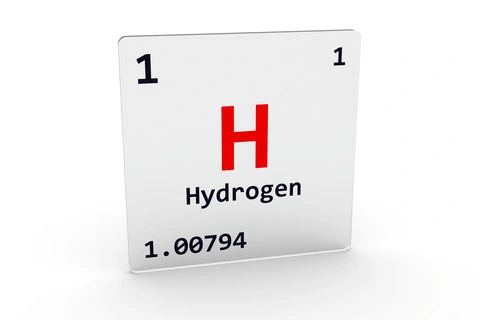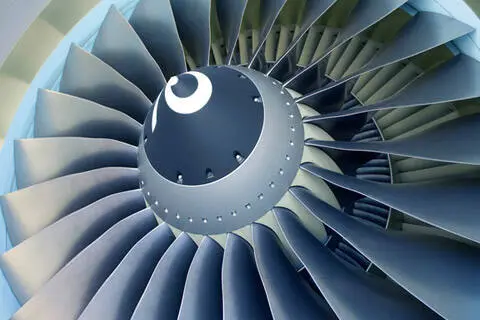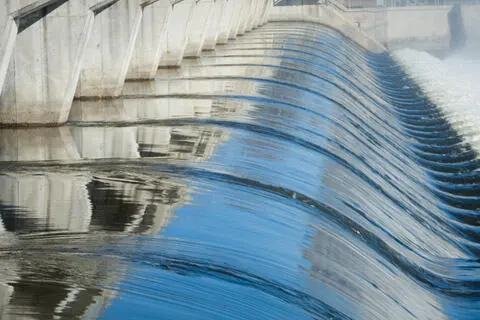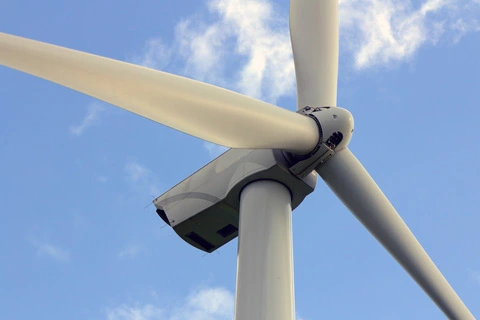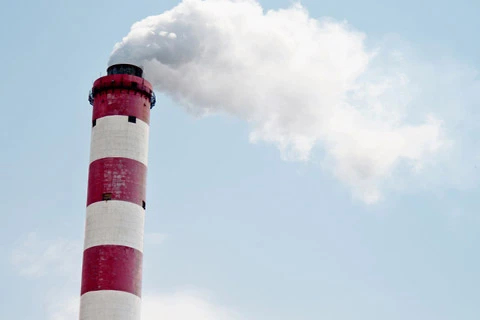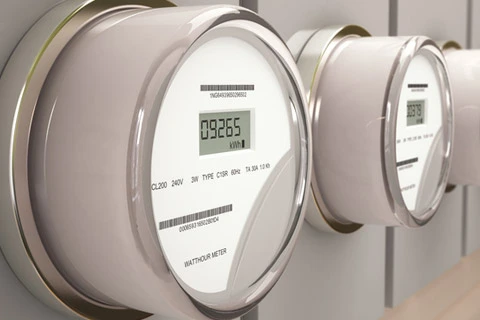
SmartGrid Interoperability Standards Project
SmartGrid Interoperability Standards are available online. Collected here are Smart Grid standards from the Smart Grid Interoperability Panel (SGIP) Catalog of Standards and the NIST Framework and Roadmap for Smart Grid Interoperability Standards, Release 3.0 (pdf link). Given the nature and goal of interoperability, most of the standards presented here are part of both the SGIP and the NIST Framework. For further information, please visit the NIST SmartGrid site.
